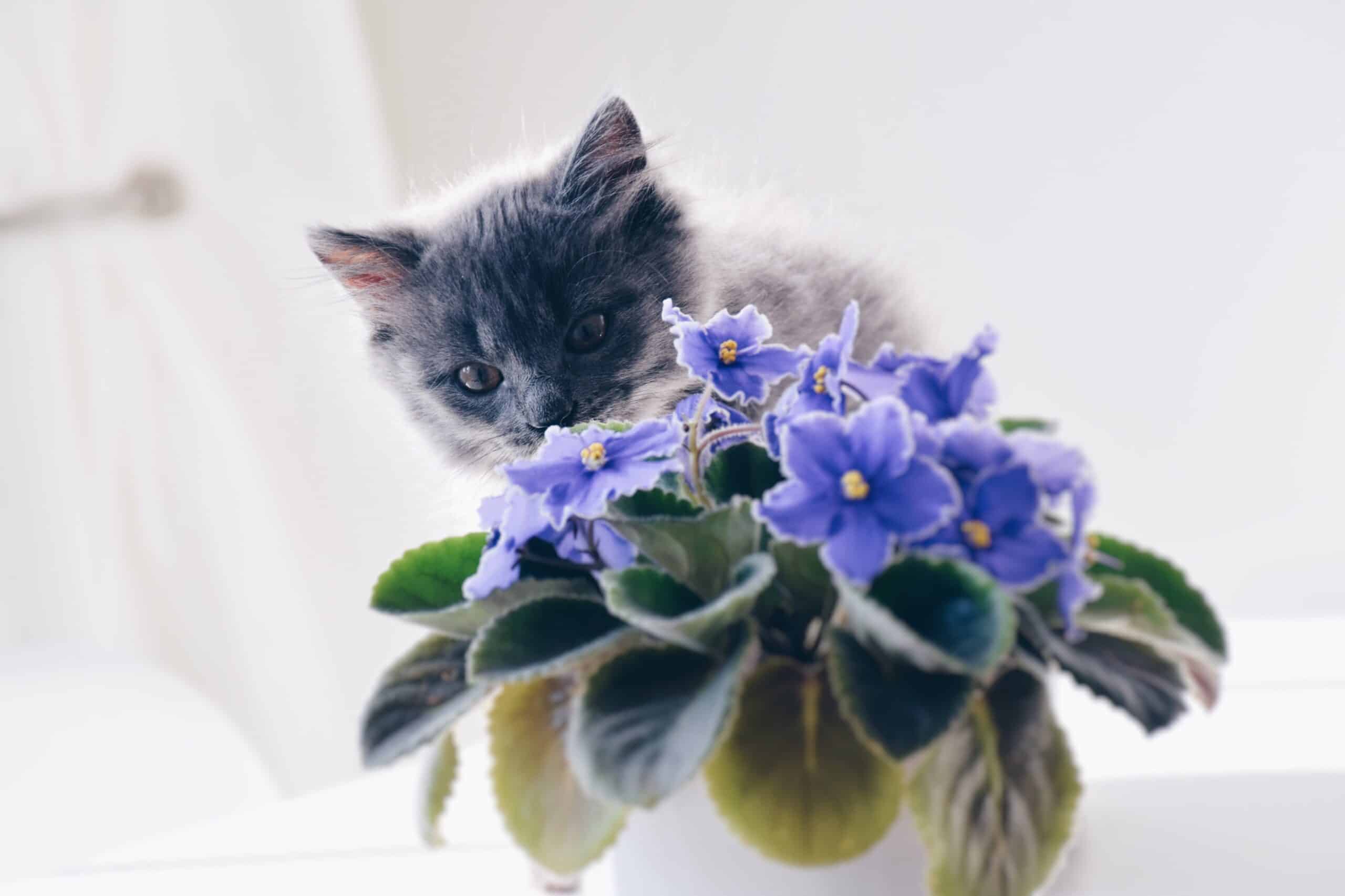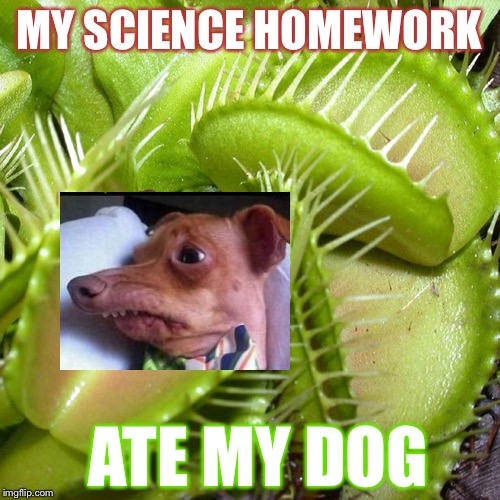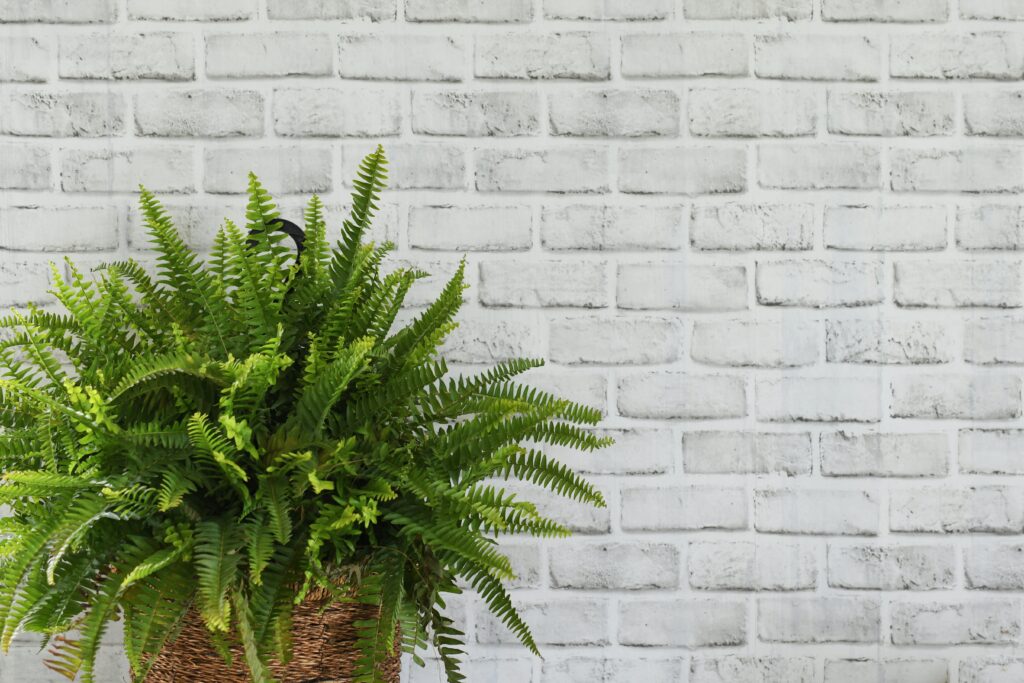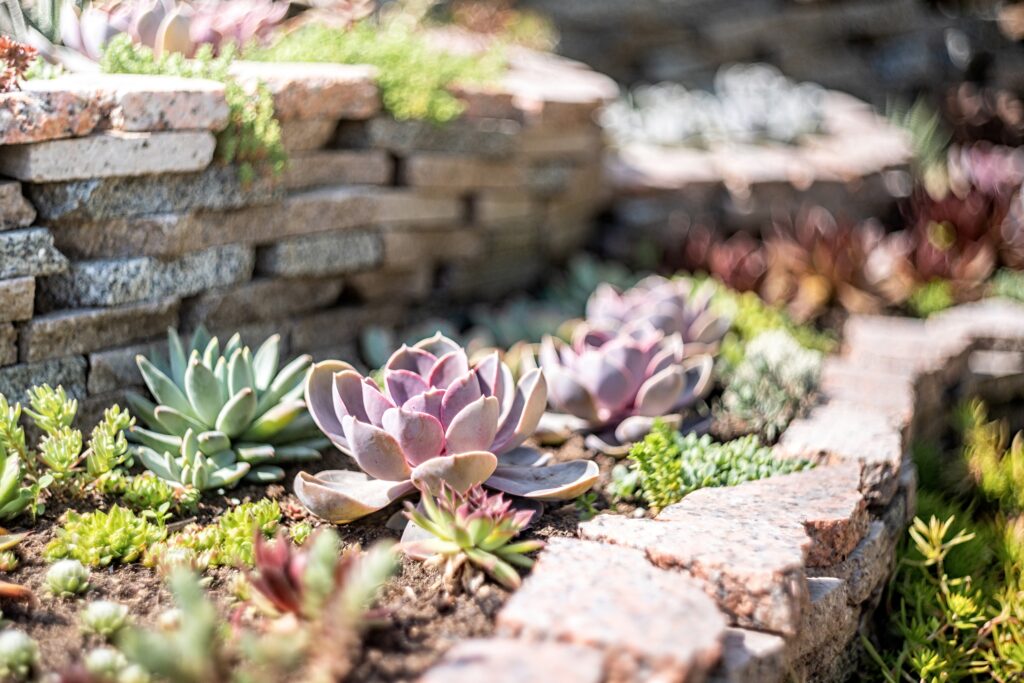You don’t have to choose between plants and pets – you can have both! There are plenty of plants that are safe and healthy for your pets, and they can thrive in different temperatures and lighting.
African Violet
African violets are a beautiful choice for brightening up any home. They prefer indirect sunlight, such as what can be found in a kitchen, and should be kept away from drafty windows or vents. To keep them blooming year-round, be sure to provide them with consistent temperatures between 70 to 76 degrees Fahrenheit, as well as regular fertilizer.

Baby’s Tears
The leggy stems of baby’s tears indeed make the petite leaves appear to drip over the container sides. And don’t worry if a curious pet knocks a few leaves off — with filtered light, moist soil, and temperatures between 70 degrees and 80 degrees Fahrenheit, baby’s tears should rebound quickly.
Banana
The banana plant — it’s not really a tree — is a common houseplant among pet-parents looking for a statement piece. Its large, almost mesmerizing leaves soak up bright light while the roots and rest of the plant enjoy a rich soil mixture and regular watering.
Spider Plant
The ever-popular spider plant is a classic choice for vintage decor. It goes by many names, including airplane plant, ribbon plant, and St. Bernard’s lily, and it can tolerate a variety of light, soil, and watering conditions. Not only is the spider plant visually pleasing, but it’s also known for its air purifying qualities, making it a great addition to any home.
Venus Fly Trap
Low maintenance, pet friendly, and feeds itself? That’s the Venus fly trap! This plant adores direct sunlight, preferring at least four hours per day, and thrives with distilled water. While being outdoors would be optimal for it to catch passing flies, anywhere flies or tiny insects congregate would work.

Areca Palm
The areca palm is a great addition to any home, since it adds a tropical touch without any harm to your pets. This plant is quite hardy and does best in a room with plenty of natural light. Make sure to let the soil dry out between waterings.
Boston Fern
The Boston fern has been a bathroom staple for years thanks to its love of high humidity and indirect light. This leafy plant does need all-purpose plant food every two months, but has been known to live for years with proper care.

Calathea
Also called the rattlesnake plant because if it’s leaf markings that resemble the snake’s rattle rings, the calathea adds texture to any room. But make sure the room is on the shady side because too much light causes it’s colors to fade. Spray your plant with water when the leaves look like they are dry and plant it in loose soil for quicker draining.
Peperomia
Each variety in this family stands out among other plants thanks to its engaging and fun leaves. The Peperomia is an easy-going plant. It prefers indirect light, water when the top two inches of soil is dry, and ambient air temperatures between 65 degrees and 80 degrees Fahrenheit.
Orchid
Despite having a bit of a bad rap, orchids are more forgiving than many believe. During wintertime, these beautiful blooms can bring a bit of cheer to your home, as they flourish in areas of partial light.
Mosaic Plant
Native to Central and South American rainforests, the mosaic, or nerve, plant features pink or white veining on its deep green leaves. The pattern and color contrast make this potted plant stand out, but in time, it begins to trail out. Mosaic plants prefer moist but well-drained soil in partial sun locations.
Bromeliad
Bromeliads are an attractive plant that can do well in most households, even with pets around. They’re epiphytic, meaning they don’t need soil to grow as they can attach their roots to a tree or branch. This means you don’t have to worry about your pets digging in the soil and potentially damaging the plant.
Ponytail Palm
If you too enjoy batting at the flowing fronds of a ponytail palm like your pet, we don’t tell anyone! With bright light and water only when the soil is dry, it is the perfect size for an office desk or side table.
Royal Velvet Plant
If you’re looking for a pet friendly plant that adds a unique glow to your home, the royal velvet plant is a great choice. The leaves of this plant are a velvety texture due to the hundreds of small hairs that cover each one, and they also have an iridescent shimmer when light reflects off the hairs. When caring for your royal velvet plant, be sure to only water when the soil is dry to avoid root rot.
Echeveria
A type of fast-growing succulent, echeveria has the appearance of a flower thanks to its portly leaves, rosette shape, and range of colors. If you travel or are away from home often, don’t worry about this plant. It loves bright light in dry environments; but, don’t overwater as echeveria is susceptible to root rot and other fungal diseases.

With a little research and planning, pets and plants go together in any household. Keep the atmosphere comfortable for both with an HVAC maintenance tune-up. Contact a HVAC professional at Service Wizard today.









